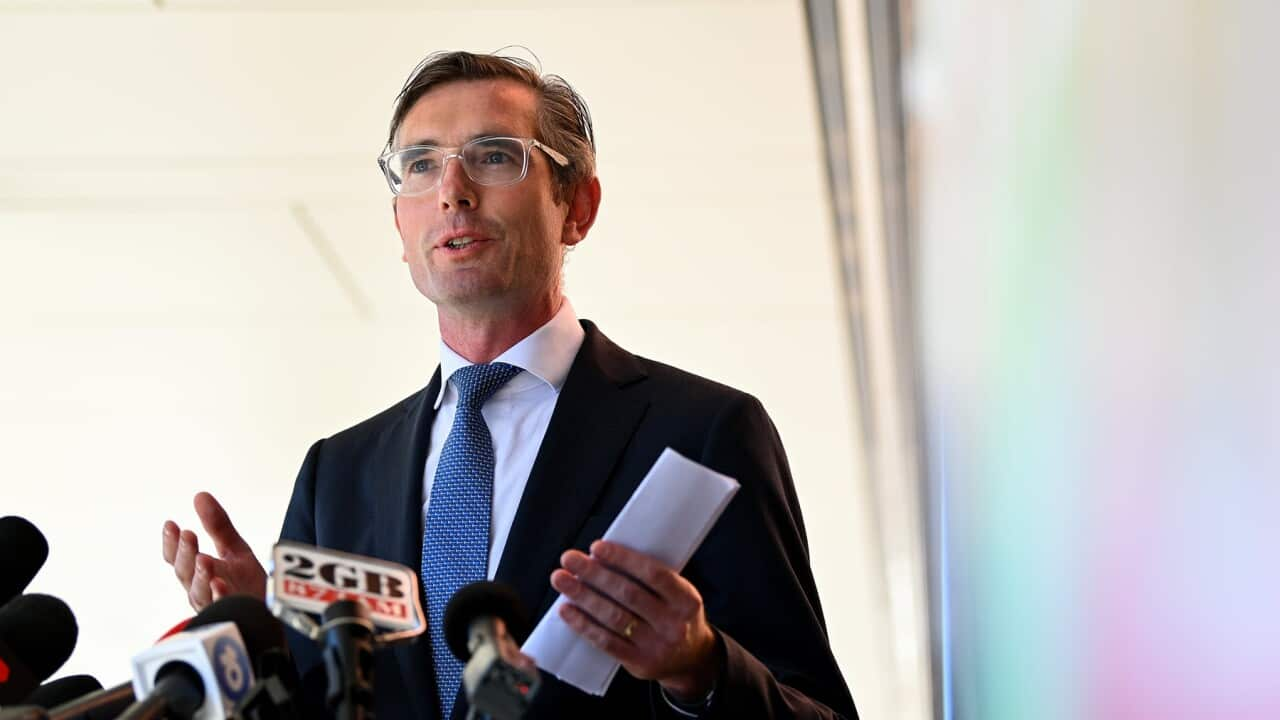From 1 February 2020, the federal government imposed travel restrictions and quarantine requirements on people arriving from China, and in the following days two groups of Australians arriving from Wuhan were quarantined on Christmas Island and at Howard Springs near Darwin.
On 10 March 2020, Health Minister Greg Hunt announced there were 100 confirmed cases of COVID-19 in Australia.
On 11 March 2020, the federal government announced a $2.4 billion health package to address COVID-19.
On 12 March 2020, the government announced a $17.6 billion economic support package, followed later in the month with a $66 billion support package, and on 13 March 2020, National Cabinet was formed.
On 18 March 2020, National Cabinet announced a range of measures, including bans on non-essential indoor gatherings of more than 100 people and the cancelling of Anzac Day ceremonies.
On 20 March 2020, Australia was one of the first countries in the world to close its borders to non-residents.
It was at this point many Australians began to take notice of what was going on, and supermarket shelves were stripped as panic buying began.
States and territories soon brought in a range of emergency measures and by the end of March many non-essential businesses had been forced to close and social distancing measures had been introduced. Victoria and NSW sent their residents into lockdown.
States including South Australia, Queensland, Western Australia and Tasmania closed their borders, requiring travellers to quarantine for 14 days. Movement into Indigenous communities was also restricted.
The months-long restrictions and lockdowns were effective and kept case numbers relatively low.
Vaccines were developed and by 20 October 2021, 70 per cent of Australians had received two vaccine doses. This was seen as a key milestone in allowing restrictions to be eased, and they were.
But later in the year, the new Omicron variant started to take hold. By December 2021, it was spreading rapidly across the country.





